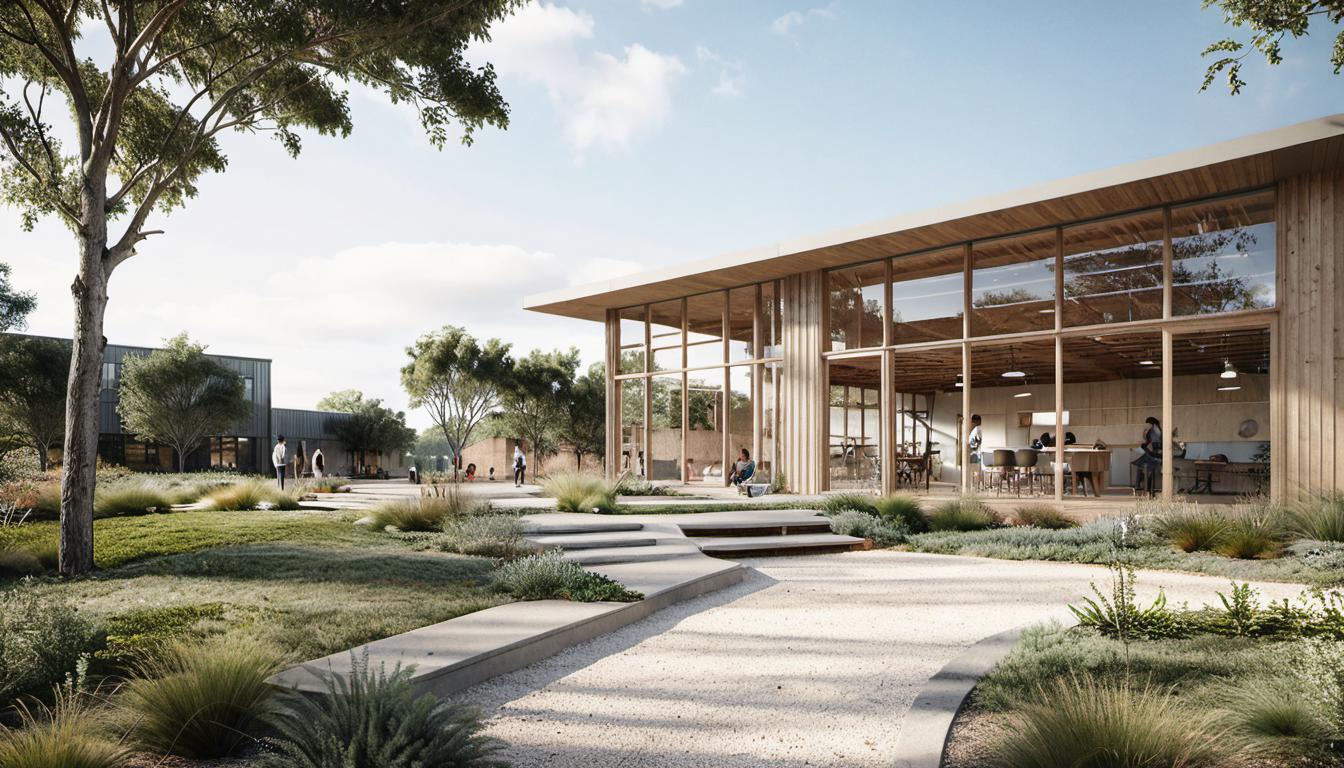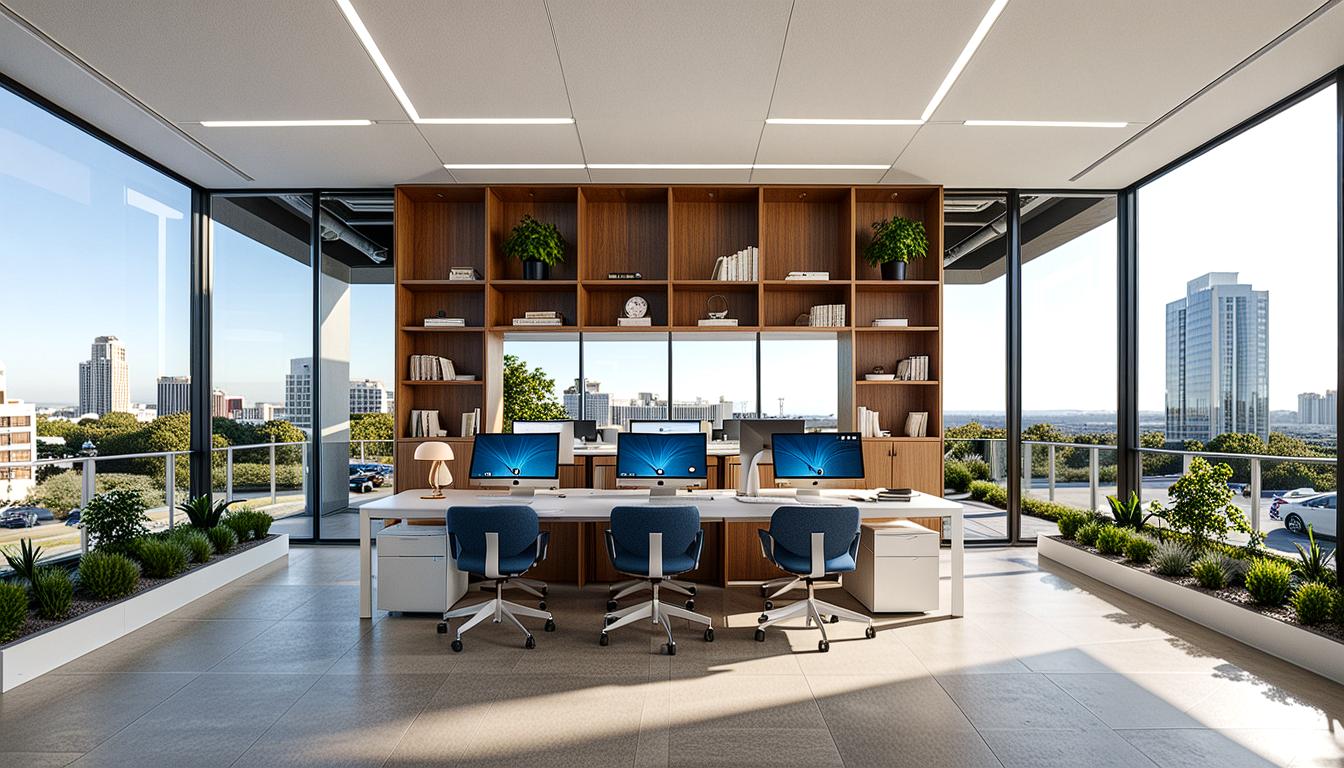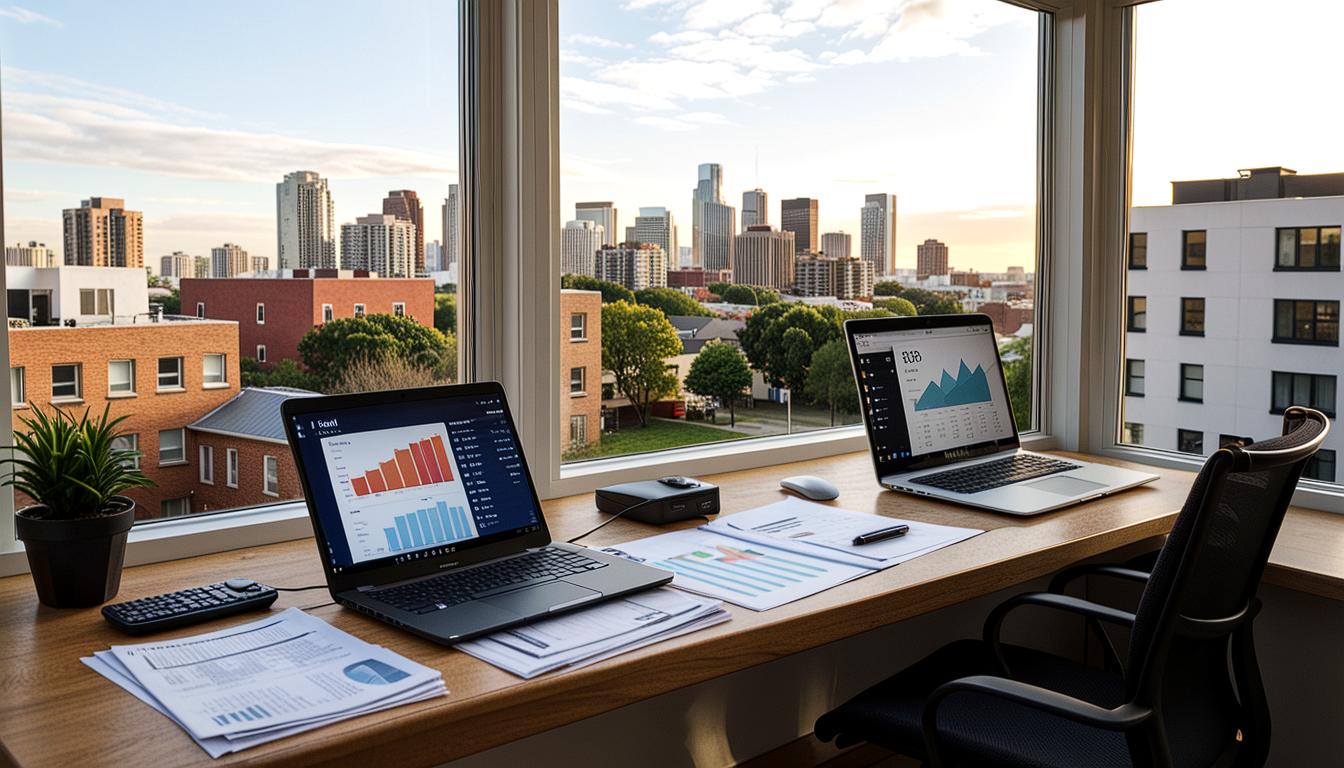Welcome to AI in Architecture and Design
A new paradigm is taking shape in architecture and design. The crux? A powerful merger of human inventiveness with machine precision. This is made possible by the burgeoning role of Artificial Intelligence (AI). Think of AI as the perfect co-designer – it doesn’t tire, it doesn’t limit its creative suggestions, and it loves processes.
Artificial Intelligence and its Influence on Architecture and Design
A growing number of AI tools are replacing the traditional techniques of architectural design. It’s less of a leap and more of an expansive stride from paper and pen to automated workflows. The ripple effects are profound – changing not just the creative perspective but renewing tedious work practices.
Dive Into The World of AI Tools for Architecture and Design
Stirring Up Concepts with AI
- Midjourney: This tool leverages AI to conjure photorealistic interpretations from verbal impressions – a genuine creativity enhancer.
- Adobe Firefly: It uses AI to transform specific prompts into visual and text effects, wrapping in a touch of unexpected brilliance.
AI for Crafting Design Alternatives
- Maket.ai: This AI tool customizes design permutations based on unique factors – a true game changer for architect-style flexibility.
AI at the Helm of Residential Planning
- ARCHITEChTURES: Harnessing AI to analyze various significant aspects for smarter planning that meets architects’ precision standards.
AI for Streamlined Schematic Designs
- ARK: This tool uses AI to fine-tune building designs and support architects in making informed choices.
AI Paving the Way for Urban Planning
- Sidewalk Labs: Combing AI, machine learning, and sensory tech for optimizing city layouts.
AI for 3D-Modeling
- Kaedim: A groundbreaking AI tool that morphs 2D designs into 3D renderings – imagination meets virtual reality.
- Sloyd.AI: This cloud-based platform facilitates faster and resource-friendly 3D model production.
AI for Renovation Projects
- Luma AI: A transformative take on AI visualizing refurbished buildings for error-free implementations.
Building Information Modeling (BIM) with AI
- BricsCAD: The AI edge that automates repetitive tasks and provides real-time visions, turning mundane into amazing.
AI for Exceptional Rendering
- ArkoAI: Delivers high-definition, swift renderings for visually enthralling impressions.
- Veras by EvolveLAB: This AI-driven visualization tool paints photorealistic renderings, setting the bar high for visual aesthetics.
AI and Sustainable Design
- Autodesk Forma: This tool leverages AI to understand how design choices could impact environmental elements, paving the way towards greener architects.
Project Management with AI
- ClickUp: Your digital assistant in managing projects, helping architects maintain focus and meet deadlines.
3D Sketching with AI Tool
- SketchUp: With fresh AI features, it cuts down the design cycle time to enhance architect productivity.
Looking Ahead
In a nutshell, these AI tools offer a glimpse into the future of architectural design – one that promises remarkable innovation, efficiency, and creativity.
FAQs on AI Tools in Architecture and Design
- What are some top AI tools for architects and designers?
Adobe, AI Architecture, ARCHITEChTURES, ArkDesign.ai, Arko.ai, BricsCAD BIM, ClickUp, Kaedim, Luma.ai, Maket.ai, Midjourney, Sidewalk Labs, Sloyd.AI, Tech for Architects, and Veras are some top AI tools for architects and designers. - How is AI changing architects’ design processes?
AI is uniting human creativity and machine precision, changing how we create architecture and affecting how we work. - Are AI tools helping in architectural sustainability?
Certainly, tools like Autodesk Forma help architects understand how their design decisions impact the environment, making them essential tools for sustainable design. - Are there AI tools that can convert 2D designs to 3D models?
Yes, tools like Kaedim and BricsCAD automate the translation of 2D sketches to 3D models and allow real-time visualization. - How do AI tools boost creativity in architectural design?
AI tools generate numerous design alternatives based on unique client requirements and space restrictions, expanding the scope for creativity.





